Since spring of last year when I rekindled my interest in sewing, I seem to have acquired a great deal of fabric, notions and other sewing related paraphernalia.
Storing my things in a ramshackle fashion crammed onto one shelf in our lounge cupboard was getting very messy. Not to mention that it was also a right pain in the derrière working from the dining room table. It was taking me way too much time to locate the things I needed from the cupboard before I could even get started. That, and the fact that I'd squirrelled away upteen number of books, magazines, buttons etc. all over the place - that sometimes I really didn't know what I had, or where it was!
The situation had become most, most frustrating :( !
But, back in April this year my lovely Hubby suggested that seeing as I loved to sew so much; and as I was making precious little headway on all the projects I was daydreaming about (and therefore achieving scandalously little output), that we should turn the spare bedroom in our house into my sewing room. [
Oh, how I love that man!]
Yay! We decided that the room would be 80% sewing, and 20% home office - so in the future I could keep all my sewing gear in one easy to use, organised and accessible place. Plus, we could happily migrate all the office-y stuff from the lounge (
think scanner, laser printer, hard-drives, laminator etc.) upstairs and free up some space downstairs too.
The upside is that we get a much, much tidier lounge and I get a sewing space all of my own, however... the downside is all the DIY and work it takes to achieve the dream (
arrgghhh!). So, basically since April we have slowly been working on and off on creating my dream sewing space, and it's now 90% done!
It's taken a pretty bl**dy long time to get to this stage as I'd been beset with nasty colds - literally ill for 7-10 days at a time, with little sleep due to the coughing (I totted it up and realised I'd been ill every month for 4 months in a row at one point!)
LEFT: Old bedroom, RIGHT: New colour scheme
So, being the consummate hoarder that I am, I had to spend several weekends (which turned into quite a few months - boo!) de-junking the boxes of random possessions I'd been plonking into the spare room over several years worth of
crap stuff. Loads went up into the loft, lots and lots to the local charity shop, some into recycling, and the rest to the council tip. (
There's still a bunch of unwanted clothes 'n' stuff to go onto eBay, but that'll have to wait a bit now for when I have more spare time to photograph and list them etc.)
<br>
We drew up a long to do list:
(1) de-junk room of anything no longer needed
(2) empty room of everything in it (wiping the slate clean!)
(3) wire-in extra electrical sockets for power supply to machines/laptop etc.
(4) wire-in new telephone socket for broadband internet connection
(5) install new lighting overhead - spotlights
(6) replace carpet with new light-oak effect laminate flooring (easier to clean!)
(7) replace existing skirting boards for new
(8) shorten door to fit over new flooring, and re-hang with rising butt hinges (easier to take on and off verses normal hinges)
(9) replace curtain pole for roller blind
(10) add translucent frosting film to window (for privacy during daytime fitting - but with maximum daylight benefits!)
(11) add new window board/sill (we were missing one before opps!)
(12) repaint walls and ceiling (soft warm green all over, with a white chimney breast for photos!)
(13) paint all woodwork in brilliant white eggshell
(14) sewing station - source a long table for sewing machine and overlocker/serger
(15) source small set of drawers to store notions/ tools (for underneath sewing station)
(16) install shelves for sewing library (books galore!)
(17) install shelves above sewing station (for notions/ tools)
(18) build fold-down cutting/ drafting table (wall mounted to save space)
(19) install tool storage area above cutting table (rails and hooks/ shelf)
(20) source tall bookcase for magazine/ pattern/ notion storage
(21) source and install mirror (for fitting area)
(22) source strong shelving system for fabric stash storage
(23) source small lightweight ladder (to access top shelves of fabric stash LOL!)
(24) make a large, portable pressing board (using ordinary ironing board as a base)
(25) install wall mounted storage for iron and pressing tools
(26) source set of matching boxes to organise and store items systematically
(27) source and install portable and adjustable task lighting over sewing station
(28) upgrade/ replace old filing cabinet from 3 to 4 drawers (for household bills etc.)
(29) relocate office equipment to room - computer/ printer/ scanner etc.
(30) finally unpack, organise and put away all that lovely fabric and notions!
I've only got the items left highlighted in pink left to do - hopefully get most of them sorted this weekend!
• Domestic Diva - 'Where I Sew – SEWING ROOM TOUR', and
sewing room organisation series of posts (click on the homepage, and use the links in the menu on the right-hand side)
• Patty the Snug Bug's posts about new new sewing nook
• Threads Magazine - web post 'What Makes a Sewing Space Great?'
• Threads Magazine -
'See Sewing Rooms and Fabric Stashes on Flickr'
• The Blue Gardenia's series of interviews with sewers around the globe about their sewing spaces
• Gertie's post about 'The Near-Insurmountable Task of Organizing One's Sewing Room'
• Tasia's space 'Step Into My Office'
• A Costumer's Sewing Room
• List of links to Real Sewing Rooms (NB: The original URL seems not to be working currently, so I've linked to the web archive of that page instead).
And now, my imagination is leading me to all sorts of fab ideas for patterns organisation, inspiration notice boards, thread storage, making my own pressing tools, ruler storage, projects-in-progress storage and much more! I'm pretty excited can you tell ;) ?



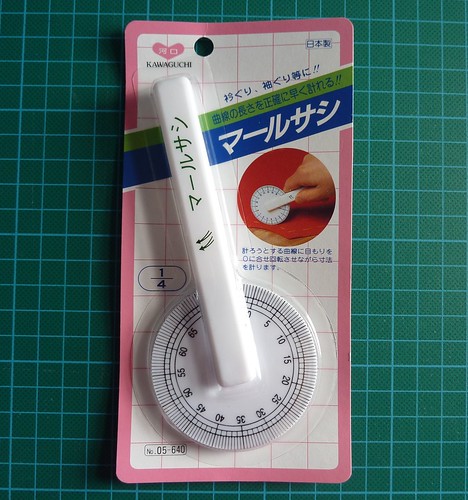

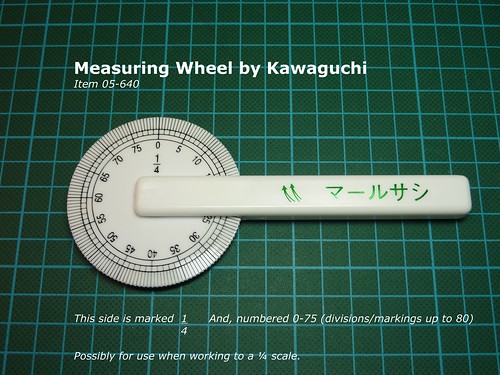
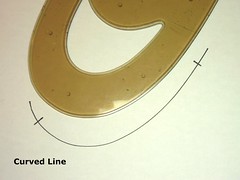
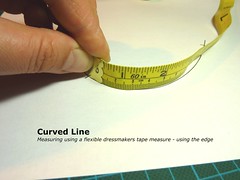

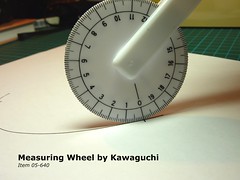




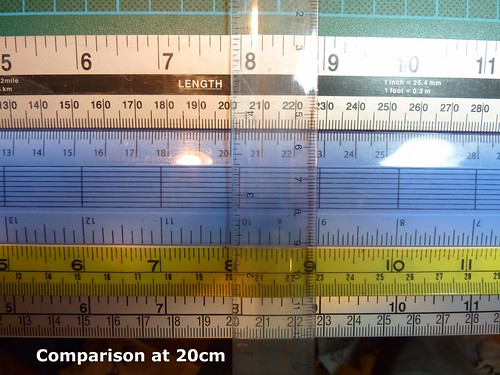

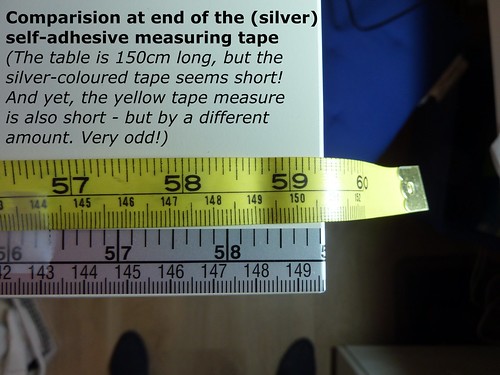
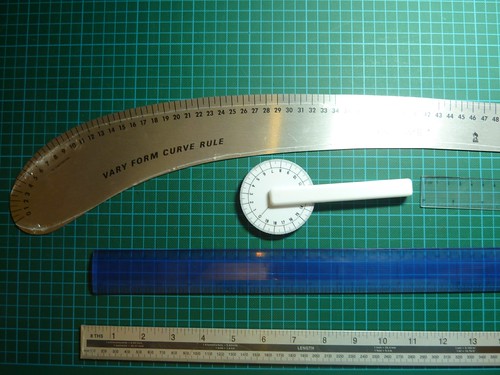



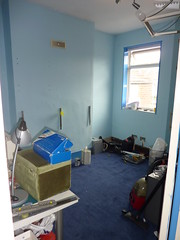





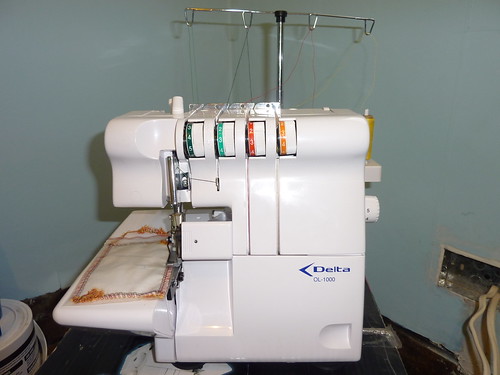

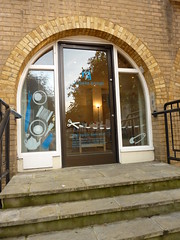
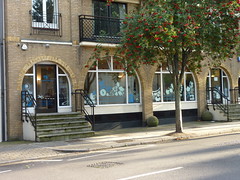
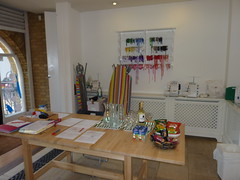
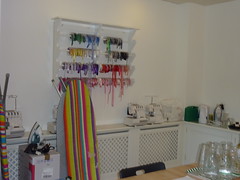
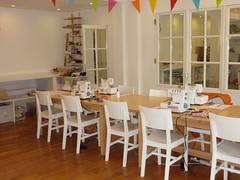
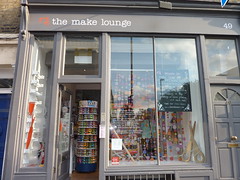
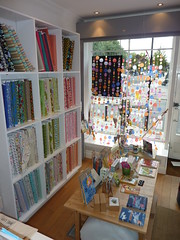
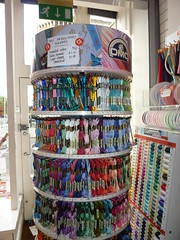
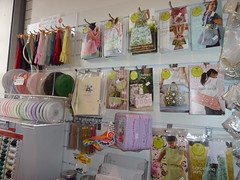
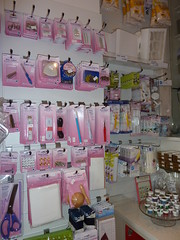
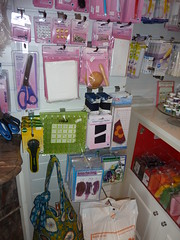
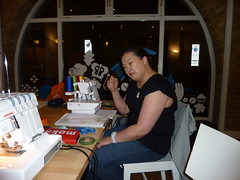
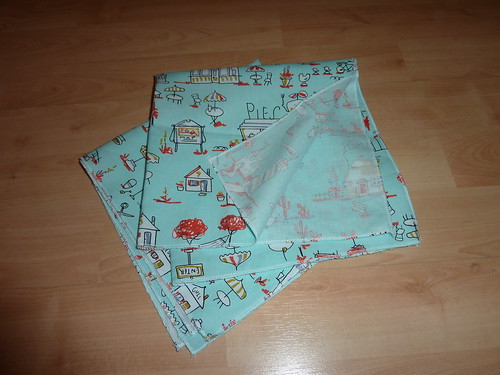


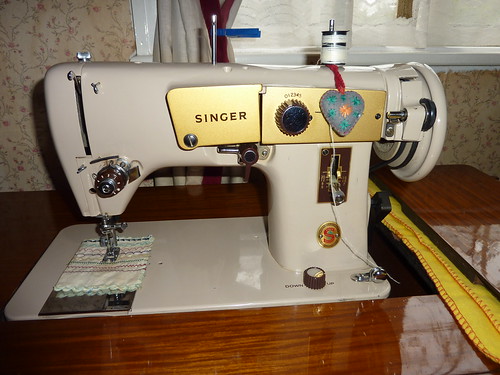
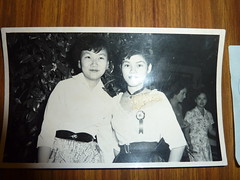
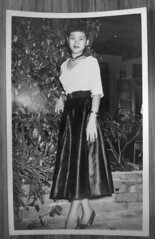
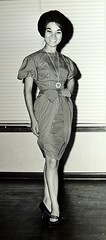
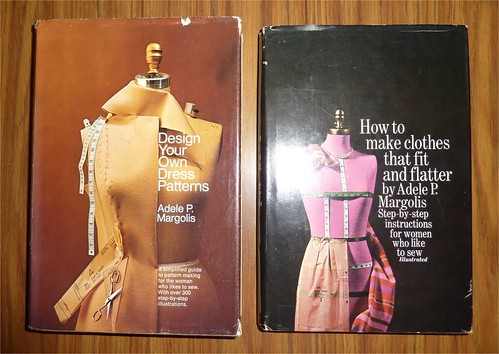
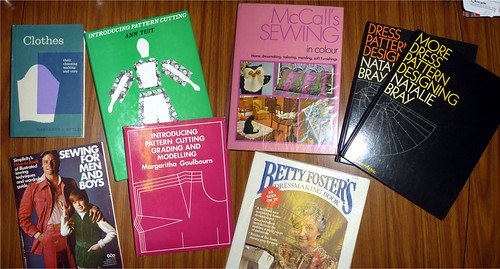









.jpg)









































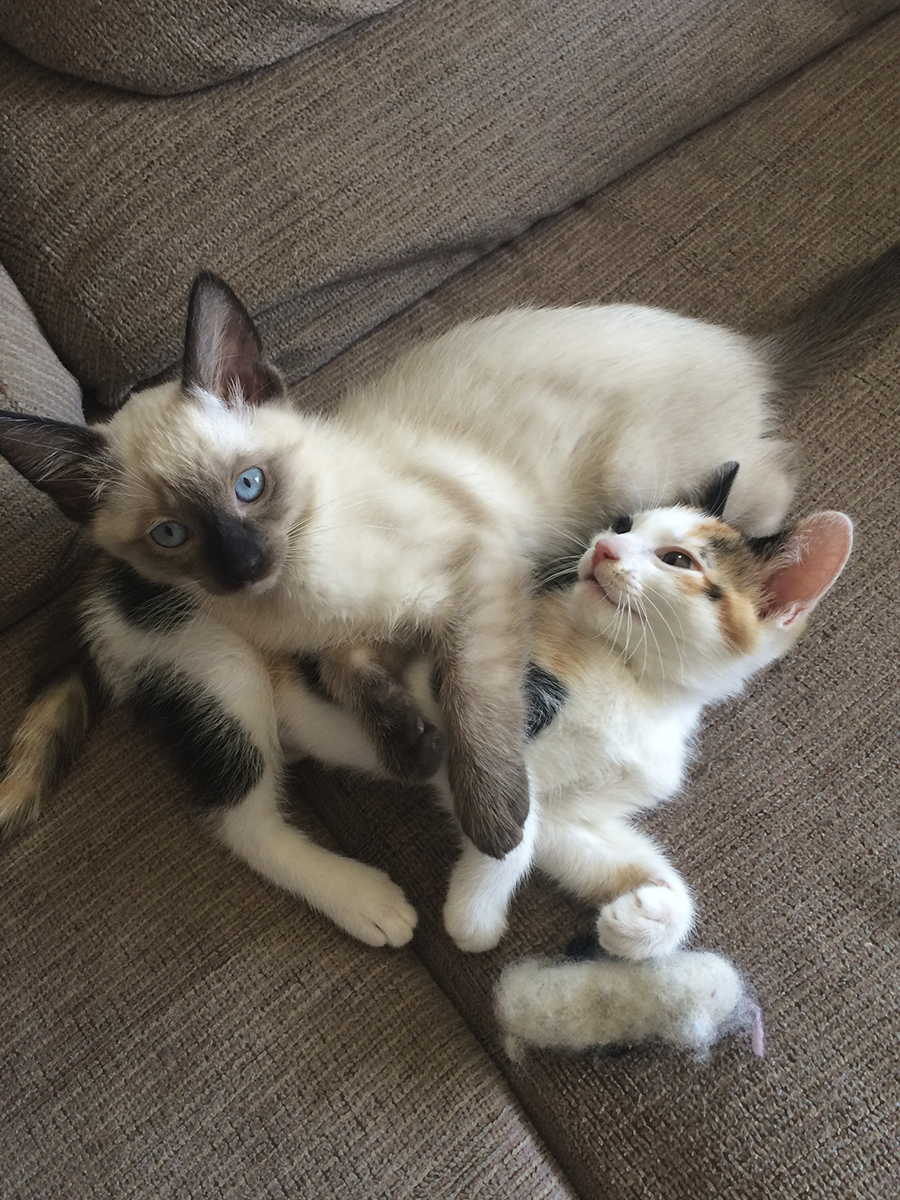

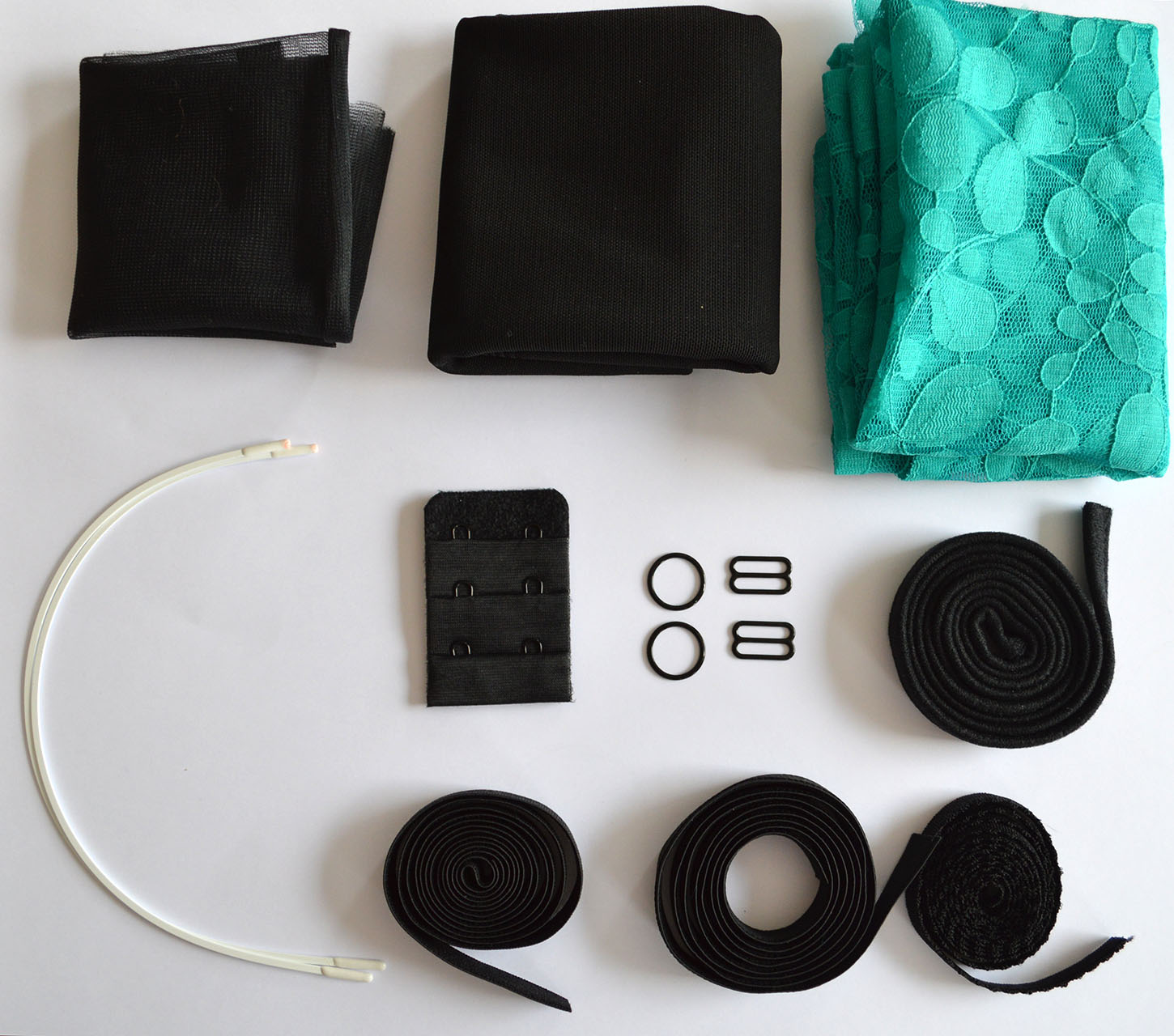














.jpg)







